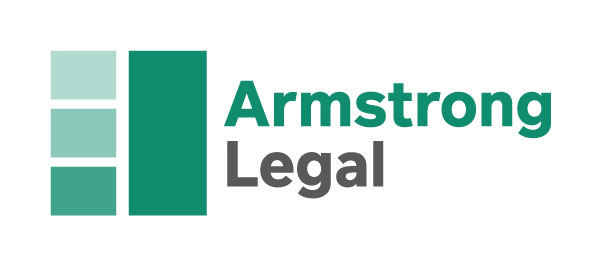How Much Child Support Do I Have to Pay?
Child support is only payable by the parent of a child to the child’s other parent. The Family Court only gets involved in very limited circumstances. The Commonwealth Government, via Services Australia, is otherwise responsible for assessing the amount of child support a parent has to pay using a basic eight step formula. The formula takes into account each parent’s income and the amount of time children spend overnight in each parent’s care
The eight-step formula
The eight-step formula is detailed below.
Determining each parent’s taxable (“child support”) income
Services Australia firstly calculates each parent’s child support income, which is a parent’s adjusted taxable income minus a self-support amount and any relevant dependant allowance.
Determine the parents’ combined income
Services Australia then adds both parents’ incomes together to work out a combined child support income.
Work out each parent’s income percentage
The third step involves working out each parent’s income percentage by dividing each parent’s individual income by the combined total determined at step 2.
Determining each parent’s percentage of care
At step 4, DHS calculates each parent’s percentage of care, which is based on the amount of care each parent provides the child/ren.
Parents may be able to agree how much care they each provide for the child/ren, and how many nights the child/ren are in each parent’s care. If parents can’t agree on the percentage of care, Services Australia will make their own determination by considering evidence such as:
- a diary or calendar showing when each parent cares for the child/ren;
- a court order or parenting plan, which provides for how much time each parent spends with the child/ren;
- documents that show the child/ren are in day care, school or other regular activities;
- records of visits to health care or other services;
- airline bookings or passports showing travel dates; and
- statements made by other people.
Determining each parent’s cost percentage
The fifth step involves working out each parent’s cost percentage using the Care and Cost table, which is shown below:
| Care percentage | Equal to number of nights a year | Equal to number of nights a fortnight | Care level | Cost % |
| 0-13% | 0-51 | 1 | Less than regular care | 0% |
| 14-34% | 52-127 | 2-4 | Regular care | 24% |
| 35-47% | 128-175 | 5-6 | Shared care | 25% plus 2% for every percentage point over 35% of care |
| 48-52% | 176-189 | 7 | Shared care | 50% |
| 53-65% | 190-237 | 8-9 | Shared care | 51% plus 2% for every percentage point over 53% of care |
| 66-86% | 238-313 | 10-12 | Primary care | 76% |
| 87-100% | 314-365 | 13-14 | More than primary care | 100% |
Determining each parent’s “child support percentage”
Following the completion of the 5th steps, step 6 involves working out the cost percentage from the income percentage for each parent, otherwise referred to as the “child support percentage”. The result will determine if a parent pays or receives child support.
If the child support percentage is negative, meaning that the costs they incur in caring for the child/ren is disproportionate to the amount of care they provide, Services Australia assesses that parent as the parent who will receive a payment from the other parent.
If the child support percentage is positive, that parent will be required to pay the other parent child support, as they are not meeting their share of the costs for the child directly through care.
If a parent has different care arrangements for various children, they might have different percentages for each child.
Determining the costs of children
Services Australia then uses the positive child support percentage determine the costs for each child based on the parents’ combined total income, using tables which are available for you to review on the Services Australia website.
Determining the child support amount
The final step involves working out the total amount of child support payable. This is done by multiplying the positive child support percentage by the costs of the child. If Services Australia assesses that both parents are to pay each other child support, those amounts are offset before the final figure is determined. This final figure is the amount the paying parent needs to pay the other parent.
We encourage you to visit the Services Australia website and use the tools available to work out how much, if any, child support you may have to pay, or be eligible to receive.
If you have legal advice in relation to child support payments contact our family lawyers on 1300 038 223 or send us an email.

This article was written by Felicity Reeman - Senior Associate – Sydney
Felicity graduated from the University of New South Wales with a Juris Doctor. Prior to studying law, she gained a Bachelor of Social Work (Hons.) and a Graduate Diploma of Psychology from the University of Sydney. She previously worked as a clinical social worker for 6 years in one of Sydney’s largest teaching hospitals bringing that invaluable knowledge and experience...


